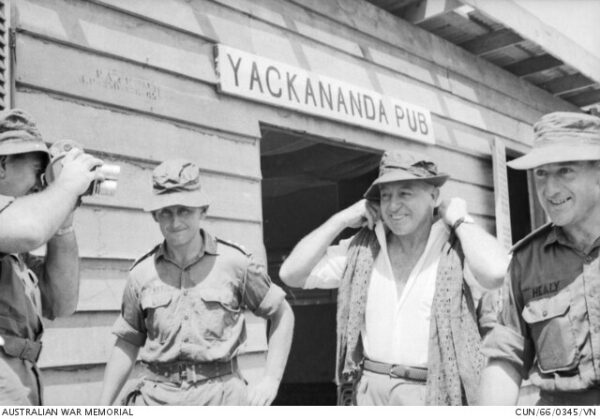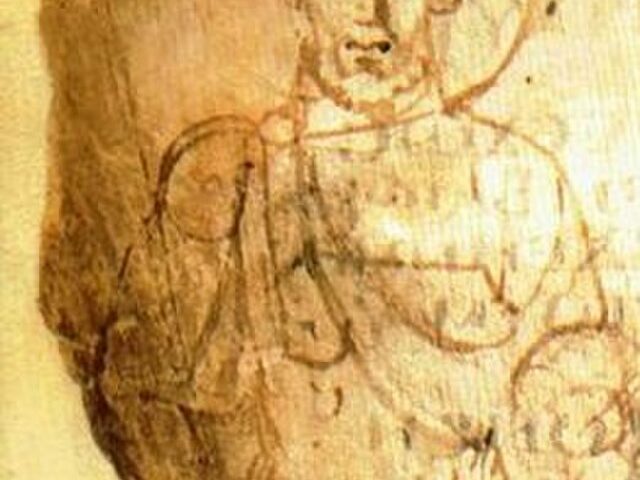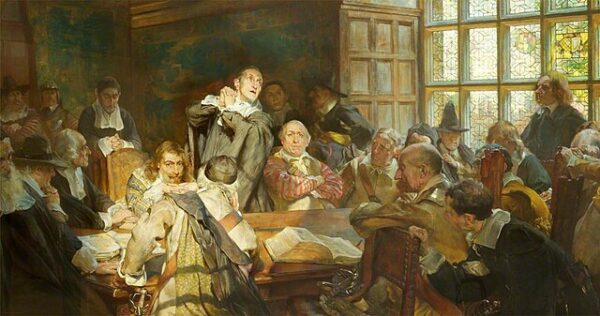On December 19, 1967, authorities declared Harold Holt, the 17th Prime Minister of Australia, “presumed dead” after he mysteriously disappeared two days before, forming one of the most enduring puzzles in Australian political history. On that fateful day, Holt went for a swim at Cheviot Beach near Melbourne, Victoria, and was never seen again. The circumstances surrounding his disappearance have sparked numerous theories and speculations, but the truth remains elusive.
One prevailing theory suggests that Holt, an experienced swimmer, succumbed to the treacherous conditions at Cheviot Beach. Strong currents and rough seas may have overwhelmed him, leading to a tragic accident. Despite extensive search efforts, his body was never recovered, adding to the mystery and speculation surrounding his disappearance.
The disappearance of a sitting Prime Minister shocked the nation and led to a significant impact on Australian politics. John McEwen, the Deputy Prime Minister, assumed the role of Acting Prime Minister and later became the next official Prime Minister. The event marked a turning point in Australian political history and had a lasting impact on the country’s political landscape.
In the aftermath of Holt’s disappearance, there were investigations and inquiries to determine the circumstances surrounding the incident. However, no conclusive evidence emerged, and the case remains officially unsolved. The mystery of Harold Holt’s disappearance continues to captivate the public’s imagination, with various documentaries, books, and discussions attempting to shed light on the events of that tragic day.
While the official conclusion is that Holt drowned, the lack of concrete evidence has fueled persistent conspiracy theories, ranging from espionage to voluntary disappearance. The enigma surrounding Harold Holt’s vanishing act remains an integral part of Australian political folklore, leaving an indelible mark on the nation’s history.






